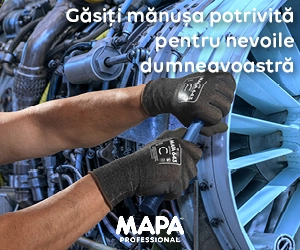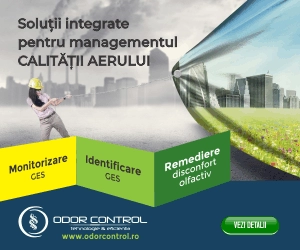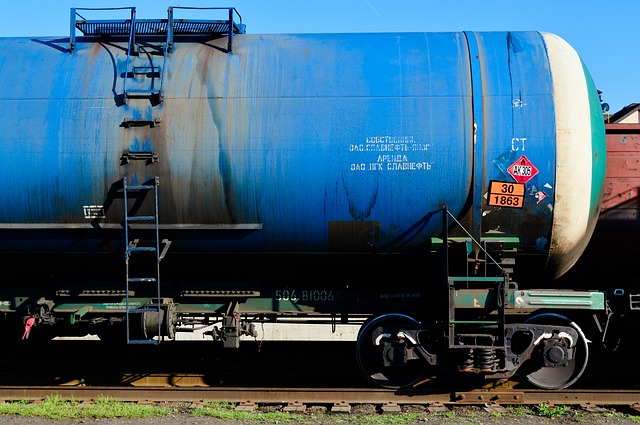Achieving effective mindset change

One of the most common questions I’ve been asked is “How can we improve our safety performance?”
In our quest to conquer “zero accidents” target, we’ve been traveling from increasing technical performance to implementing sophisticated HSE systems. All these ended in reducing the number of accidents, but the target is still there, at a horizon which seems impossible to reach. So, the question is “WHAT is blocking the efforts?”. I believe that any H&S professional or activity manager knows the answer: human behavior.
A large part of human behavior is based on individual’s mindset. So, that could be the last frontier to break-through in order to reach our safety horizon. That’s easy to say, hard to get. Because human mind has such a complex structure and we are addressing individuals, each one with own experiences, believes, values and peer groups. There is no universal answer; there is no universal solution to change mindsets.
The effort to conquer this final frontier is considerable and it takes a lot of commitment and perseverance in order to be efficient. Training and awareness programs are developed by experts and a lot of effort has been put into this endeavor. World-wide the challenge is related to addressing different cultures, while in the same company, people have different education and organizational impact. The communication language for effective delivery should be different, depending on recipient.
Having this said, the obvious conclusion is that we should identify groups based on their physiological similarities. The awareness program should be customized based on this target group. And, as we speak about groups, we can speak about the leaders and opinion makers within that group. They are a key success factor in creating openness and “buy-in” of their peers. By involving the group leaders, the rest of the group would follow.
Another element to consider while building the customized program is the resistance reason. This is the element which is acting as a protective shell, blocking the information. It might have a lot of causes, such as lack of information, “bullet-proof” mentality or poor supervision. It’s extremely important to identify why employees are breaking rules, in order to address the correct cause. That would be similar to incident investigation, just that it’s proactive instead of reactive.
The identification of the resistance cause provides the path to crack the shell and get into people’s minds and hearts. By addressing the cause, the group’s trust is won and the awareness starts building-in. One should be conscious that safety is related to humanity’s most precious asset: life. An awareness program’s main objective should be to make the connection, through mind and heart, between life and safety. Once this connection is secured, a chain reaction is starting, having as a result a permanent increase of employees’ interest and involvement in safety.
Customized awareness programs support organizations to create groups which are involved and take responsibility for their actions, work together for finding applicable solutions to specific issues, instead of using pre-fabricated frames.
As Benjamin Franklin once said: “Tell me and I forget. Teach me and I remember. Involve me and I learn”.
article by Madalina Gogorici and published in the 2017 edition of HSE Romania guide





